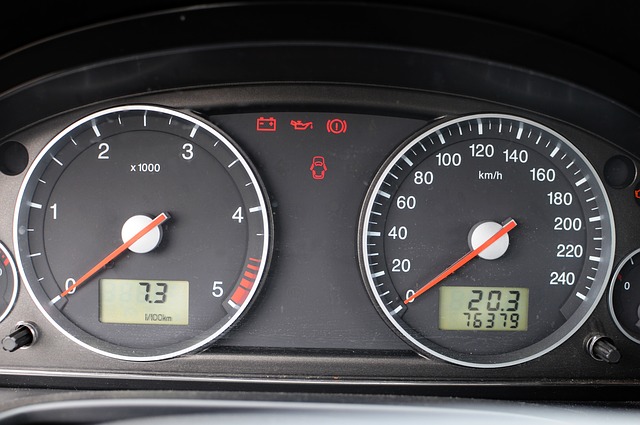
People are more and more aware of the fact that information provided in advertisements at automotive auctions is often not true. However, how to find out if the sellers are truthful. Of course, the easiest way is to go to a vehicle inspection station, where the technical condition of the car will be checked. However, this is a considerable expense, and if you want to check a dozen or so vehicles you are interested in, you can collect a good sum.
Much cheaper, and even free to check the VIN in Freightliner using the tools available on the Internet. Thanks to that, we’ll find out what our vehicle had in the past. Specifically, whether it was imported from abroad, whether it had a counter-clock or a serious accident. Each of these information has a significant impact on its use in the future, so you should learn about it before you buy a vehicle.
Check VIN at Freightliner
The generated report is an invaluable aid in checking the vehicle. The data contained therein is a basic set of information necessary to know the history of the car. All information contained in the report, which you will receive are indispensable and even necessary to check the car before purchase.
VIN number what is it?
The VIN, or Vehicle Indentification Number, is a unique vehicle identification number that contains numerous and important information about a car. The VIN contains information such as country of manufacture, model year, drive type, engine version, equipment options, among others.
VIN numbers were first used in 1954 in the United States. Car manufacturers such as Audi were already marking their cars in this way. Marking of this type began to be used by manufacturers in Europe. However, the first numbers looked different. It was not until the 1980’s (1981 to be exact) that the world’s manufacturers, along with American manufacturers, finally came to an agreement on this issue. In 1981, the National Highway Traffic Safety Administration in the United States standardized the format. Cars sold should include a 17-character VIN that does not contain the letters I (I), O (o) or P (q) (to avoid confusion with the numbers 1 and 0). A common standard has therefore been developed to facilitate the police, insurance companies and used car dealers. From now on, each car’s VIN has 17 characters – letters and numbers.


 EN
EN  PL
PL  RU
RU  DE
DE  HU
HU  EE
EE  LV
LV  RO
RO  SI
SI  CZ
CZ  LT
LT 